Düsseldorf is the capital of the German state of North Rhine-Westphalia, being the country’s second largest financial center (here are the headquarters of some of the largest companies in Germany, such as Henkel, Metro AG or E.ON SE). It is a modern city, a great university and artistic center, but famous above all for fairs and exhibitions. In addition to these, Düsseldorf is also known as a leader in the fashion industry in Germany.
Königsallee or Kö – as it is called by the inhabitants of the city – is one of the most picturesque shopping boulevards in Europe, being lined with luxury shops (with prices to match) that stretch on both sides of a canal, and at at the end of the boulevard is the Triton Fountain.
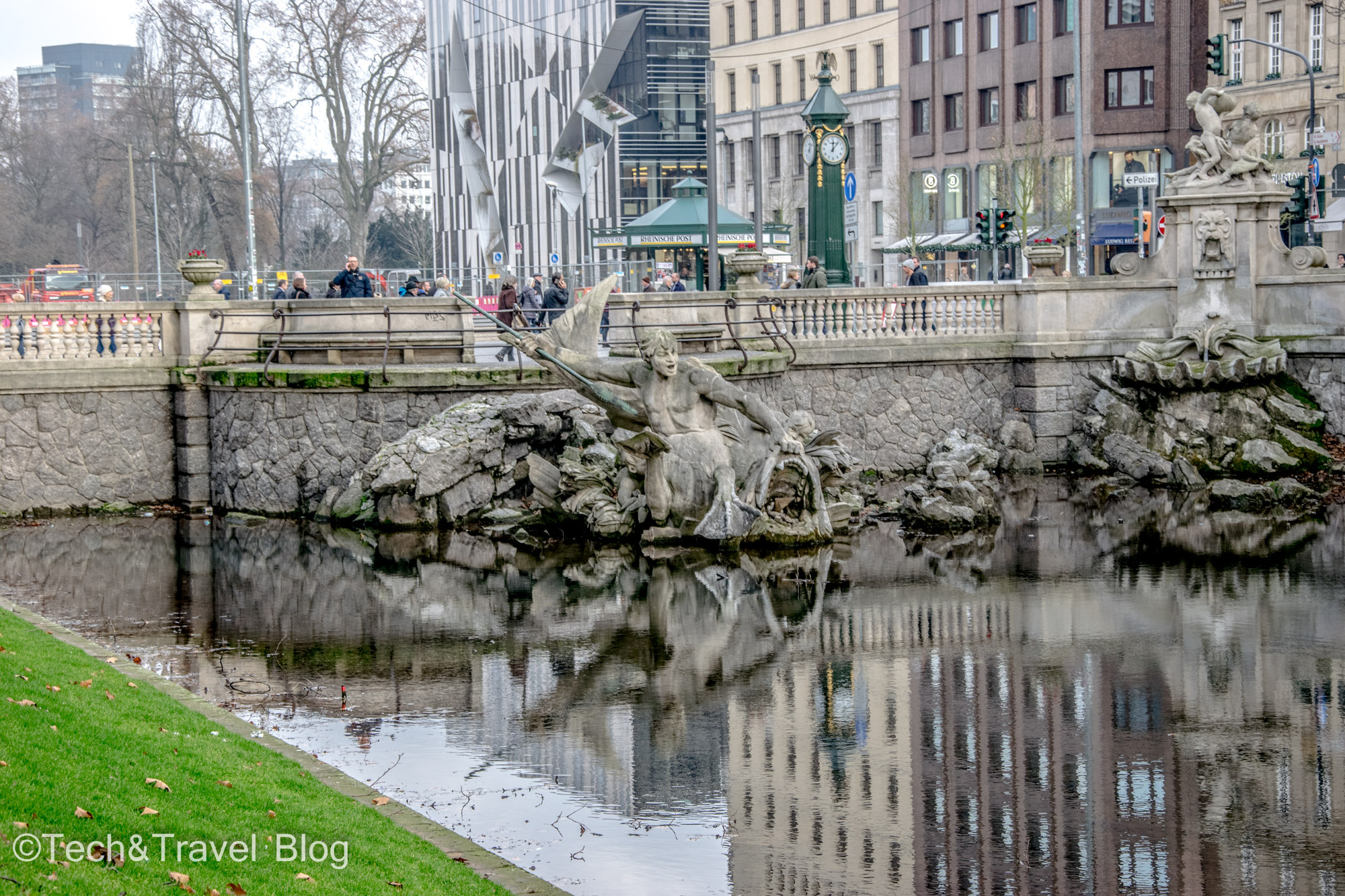
The location on the Rhine, together with its many squares and wide riverside sidewalks make Düsseldorf a particularly pleasant place to spend time. According to the Mercer 2016 Quality of Living Rankings, Düsseldorf is the sixth most liveable city in the world.
As with other larger cities, we opted for the DüsseldorfCard 24h, which we purchased online here and can be picked up at one of the two tourist information centers (at the central station or in the old town ). As facilities, we had free access to all means of public transport, free entrance to certain museums, including The Film Museum, the Goethe Museum or The Ceramics Museum and various discounts at museums, souvenirs bought from the tourist information center, organized tours (Boat Tour, HopOn HopOff – Bus Tour, Segway CityTour etc.) and many more. The PDF brochure with information, discounts and city map can be downloaded from the official website. The price of the card was 9€/person/24h.
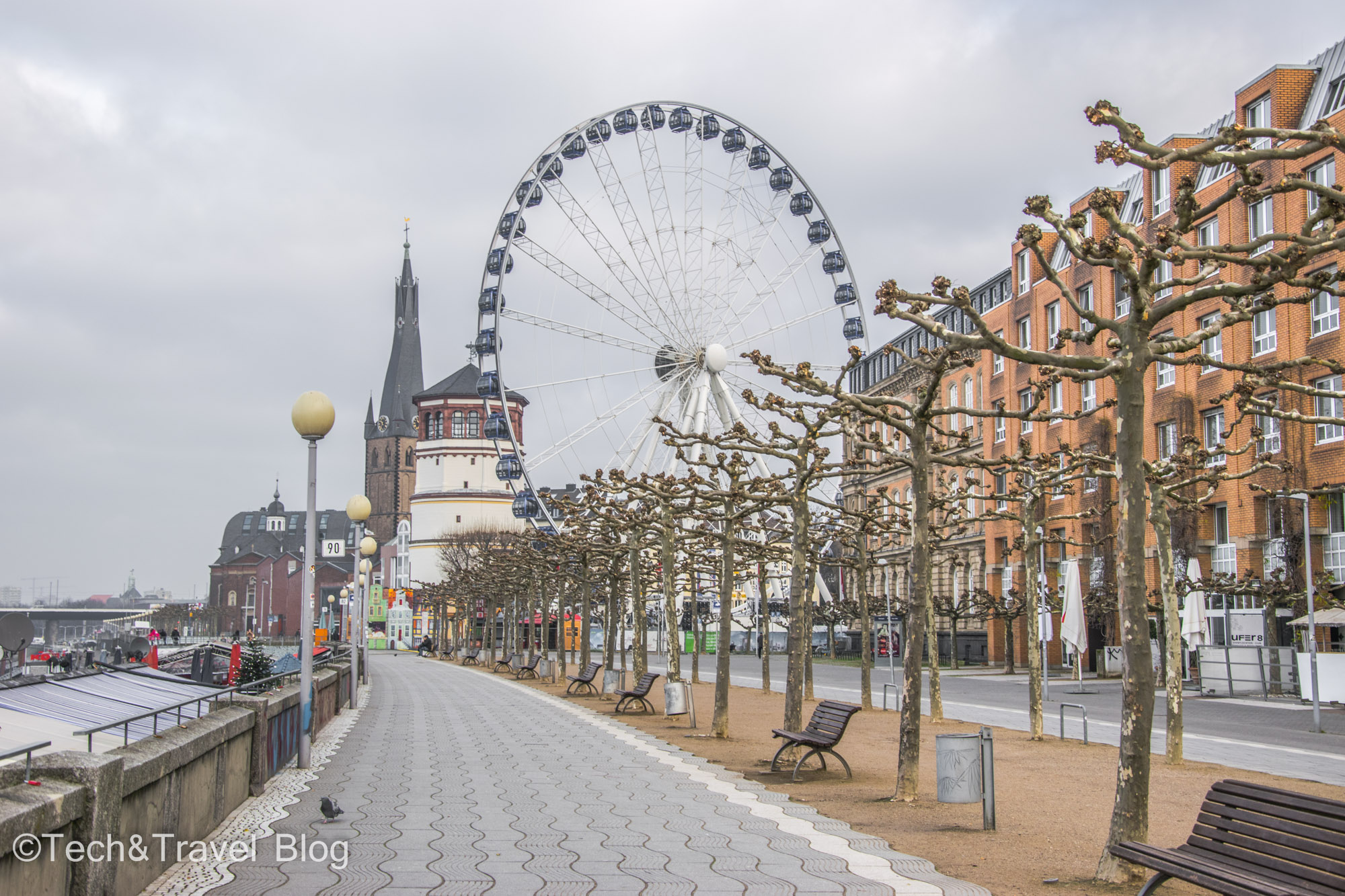
The most popular tourist attraction is the Rhine Promenade – a 2km long embankment where you can walk and admire the small shops, galleries and cafes on one side and the view offered by the ships gently gliding down the river on the other side.
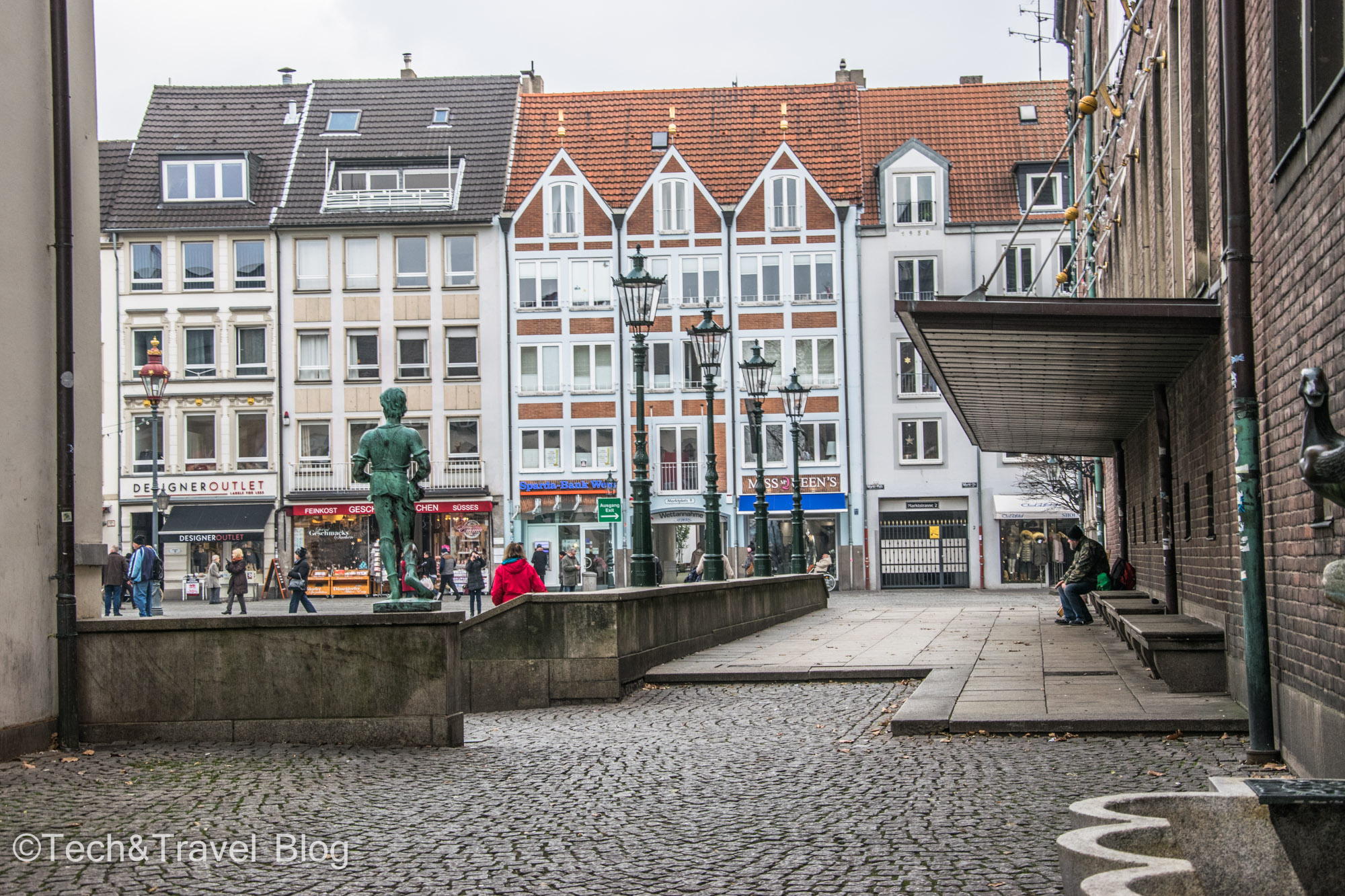
Then we arrived in the Alstadt or the old center – one of the most beautiful areas of the city where the town hall is located and a lot of old buildings with a special architecture, dating from the 17th – 18th centuries. Also in the old center they were (still) open some beautifully decorated “cottages” from the Christmas Fair. As with any Christmas Market in Germany, you can find everything from bratwurst, currywurst, steak, potatoes of all kinds and cooked in every way, to gingerbread, mulled wine, hot chocolate, almonds and caramelized nuts.
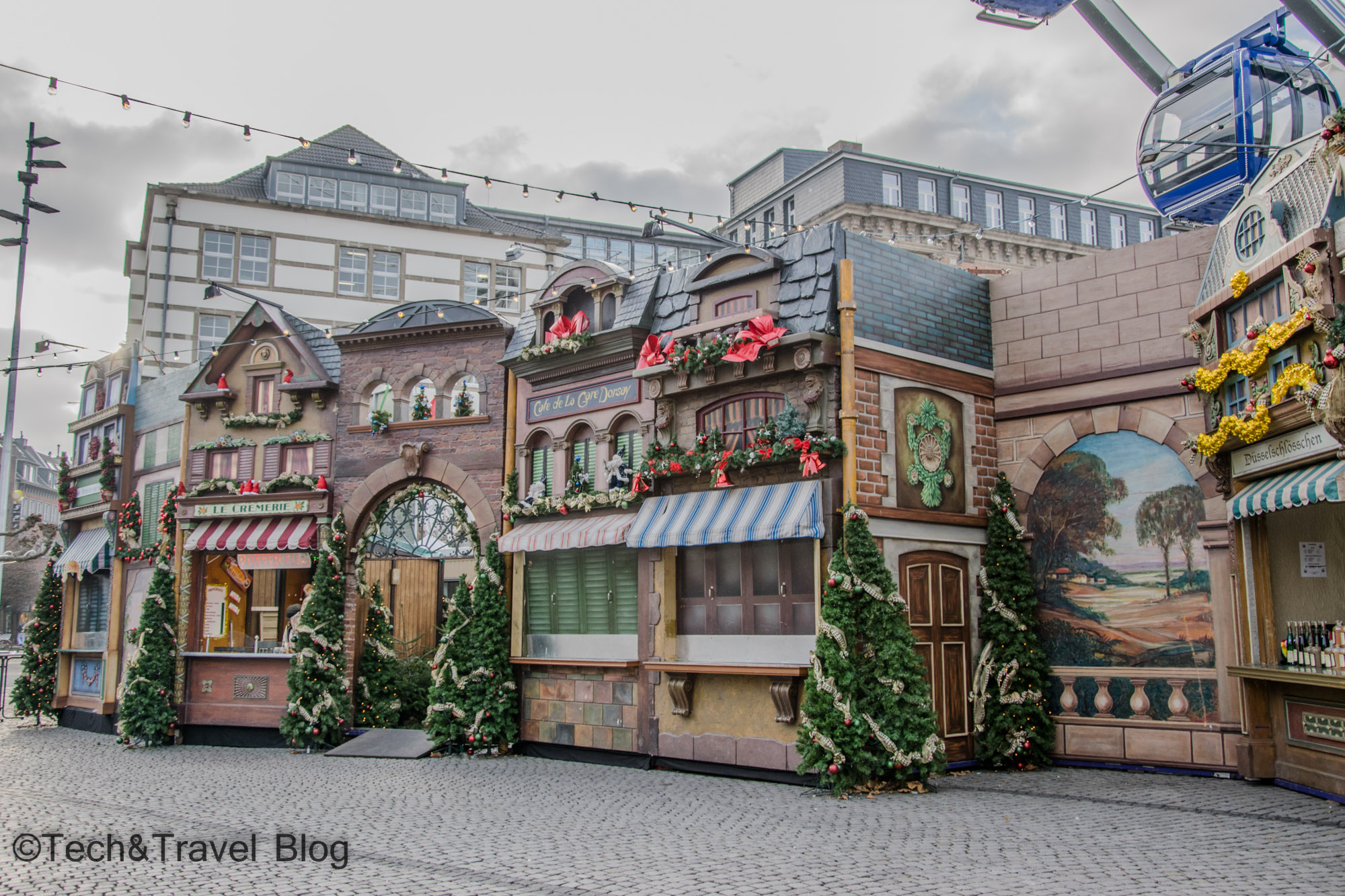
In addition to old architecture and medieval buildings, in Düsseldorf we also found new, modern buildings with a futuristic design, such as the Neuer Zollhof complex or the Gehry Buildings, located right next to the city’s harbor. The ensemble consists of three office buildings that have a curved base and facade, resembling some leaning towers. The distinct materials from which they are constructed give each building its own appearance – the first building is made of white plaster, the second is stainless steel and the third is red brick. The buildings have a total area of 29,000 square meters and the tallest has 14 floors and only 50 meters.
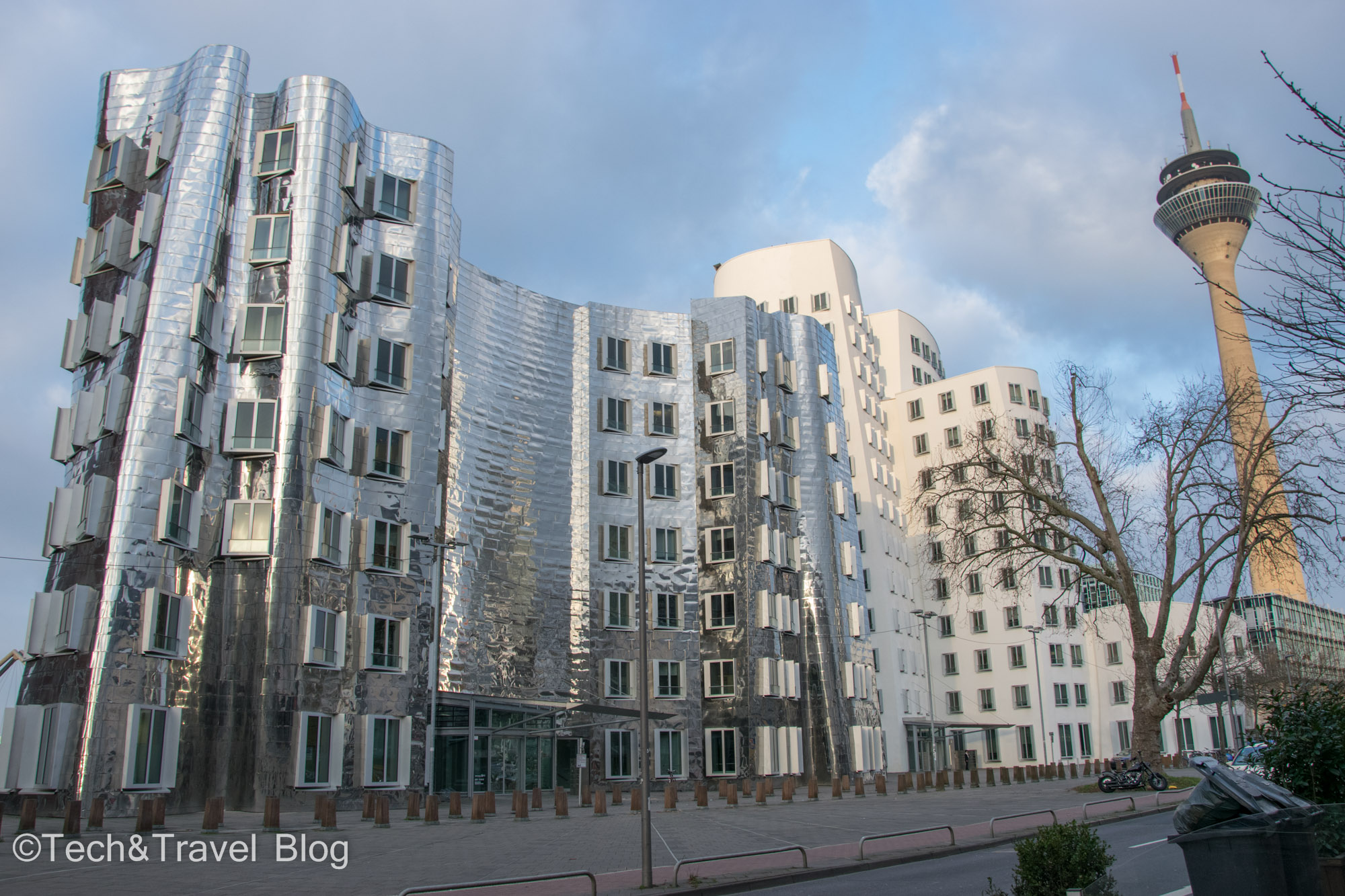
Next to the Neuer Zollhof is the Rheinturm – Düsseldorf‘s telecommunications tower built in 1981, known as the largest digital clock in the world. With a height of 240 meters, the tower is the perfect place to admire the panorama of the city. The price for visiting the tower was 7€/person with DüsseldorfCard.
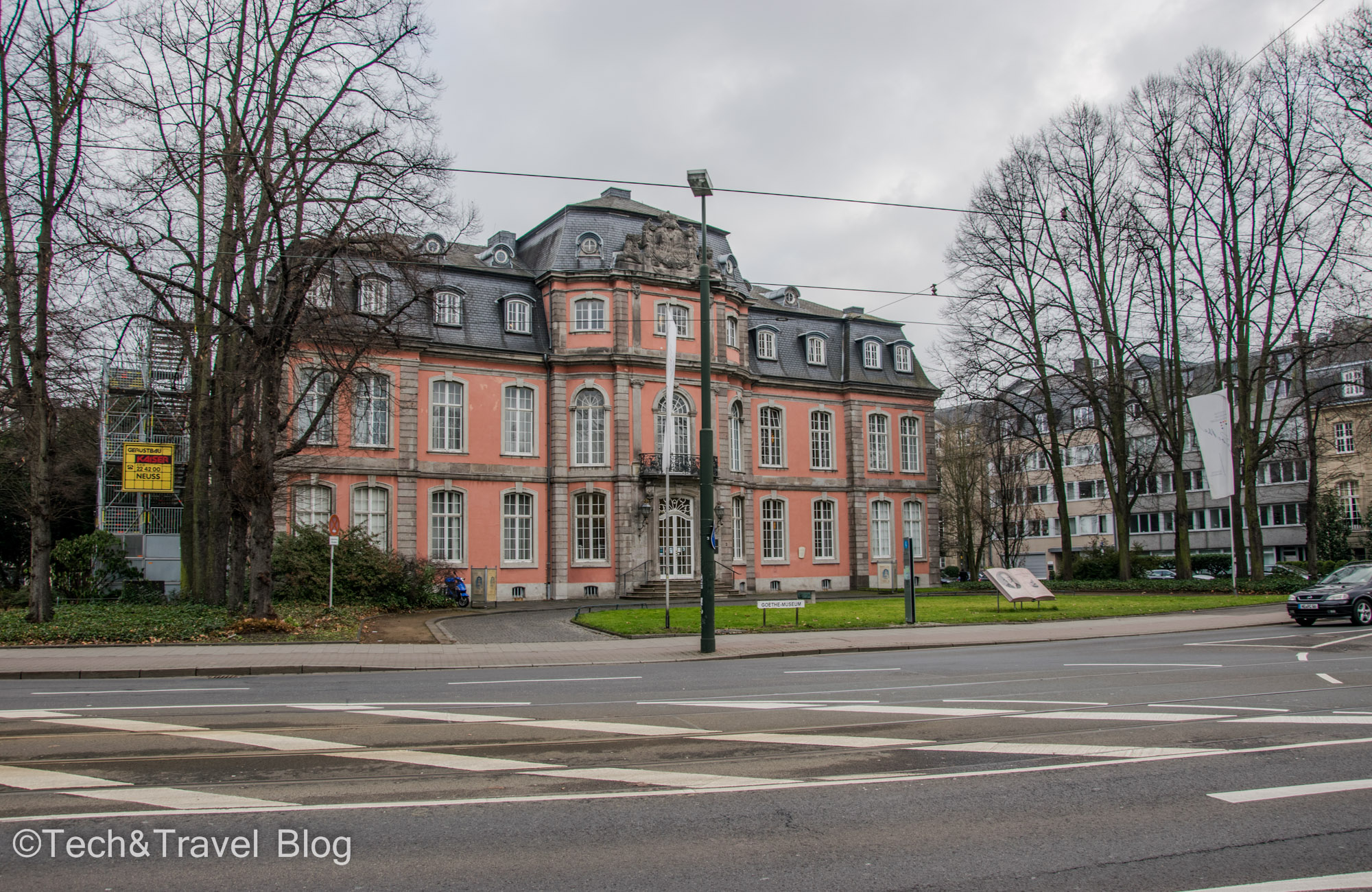
Another interesting tourist attraction is The Goethe Museum – a museum of cultural history, which includes over 1000 exhibits, manuscripts and books of the greatest German poet Johann Wolfgang von Goethe (1749-1832). The exhibition is completed by portraits of the poet and those close to him, but also by landscapes depicting the places where Goethe‘s great works were created.
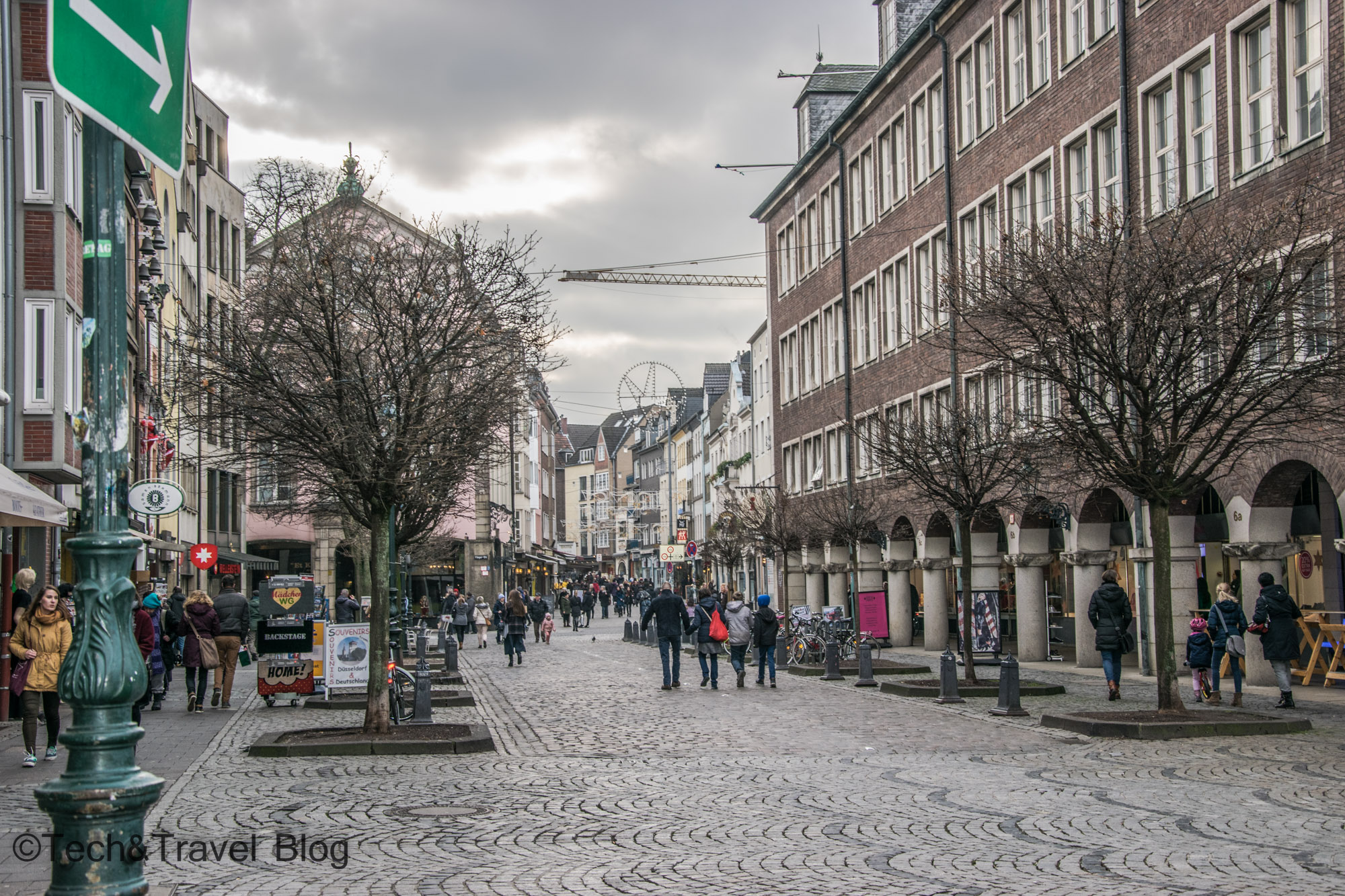
We also visited The Filmmuseum, one of the six film museums that Germany has. The Filmmuseum is located in the old city center and is arranged on four levels where technical devices from the early history of cinema, decorations, props and costumes are presented. The museum’s collection also includes photographs, posters, press releases, newspaper clippings, commentaries and documentaries. Entrance to the museum is free for DüsseldorfCard holders.
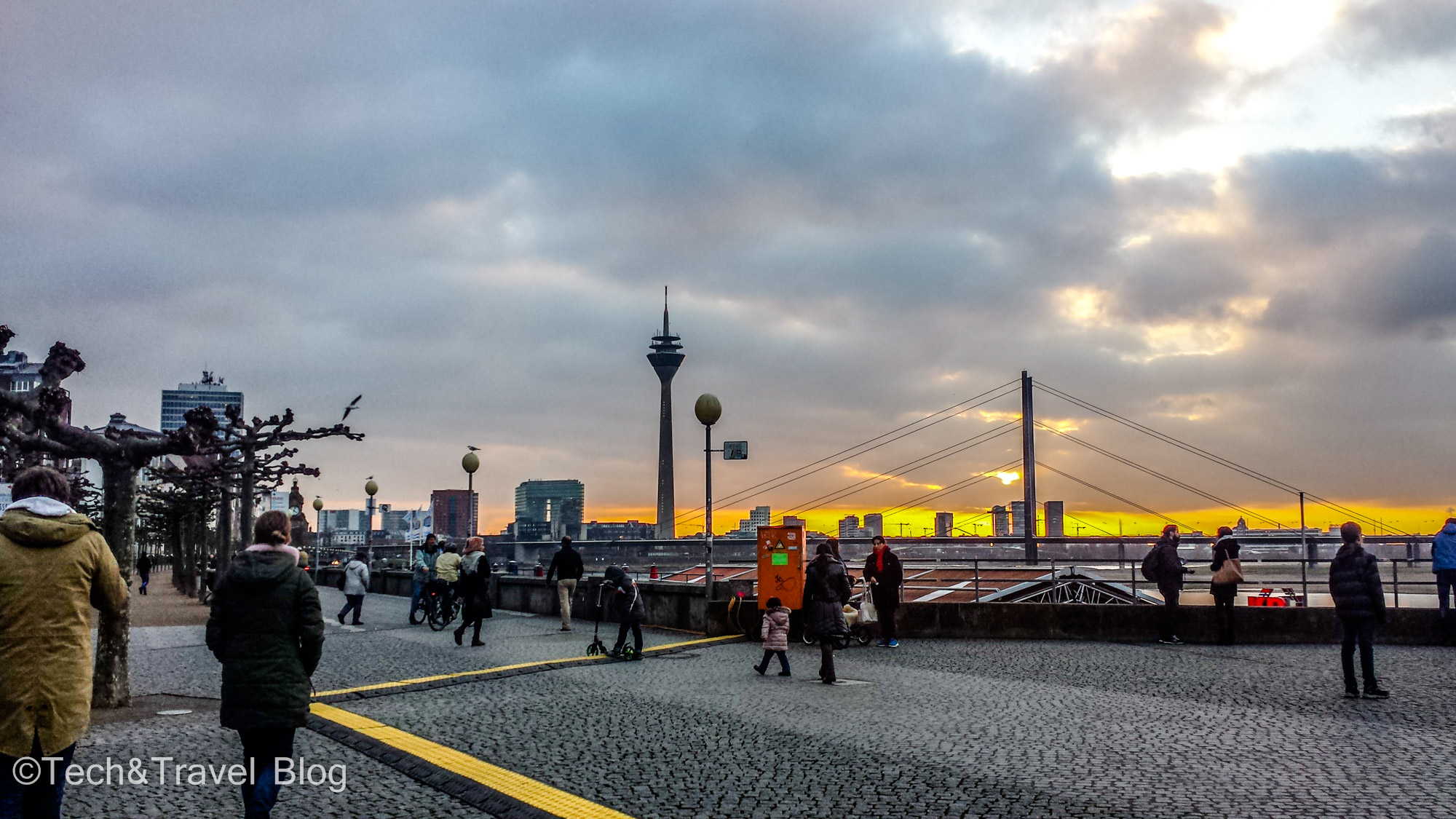
Other attractions you should not miss are the Japanese Gardens in Nordpark, Kaiserswerth – one of the oldest parts of the city, Schloss Benrath – the beautiful building built in Baroque style for Countess Elisabeth Auguste de Sulzbach and Charles Theodor, the park in the city center – Hofgarten orKunstpalast art museum.
Düsseldorf offers a high quality of life, excellent infrastructure, modern architecture, tradition, art, culture. It won us over and we recommend putting it on your travel bucket list.
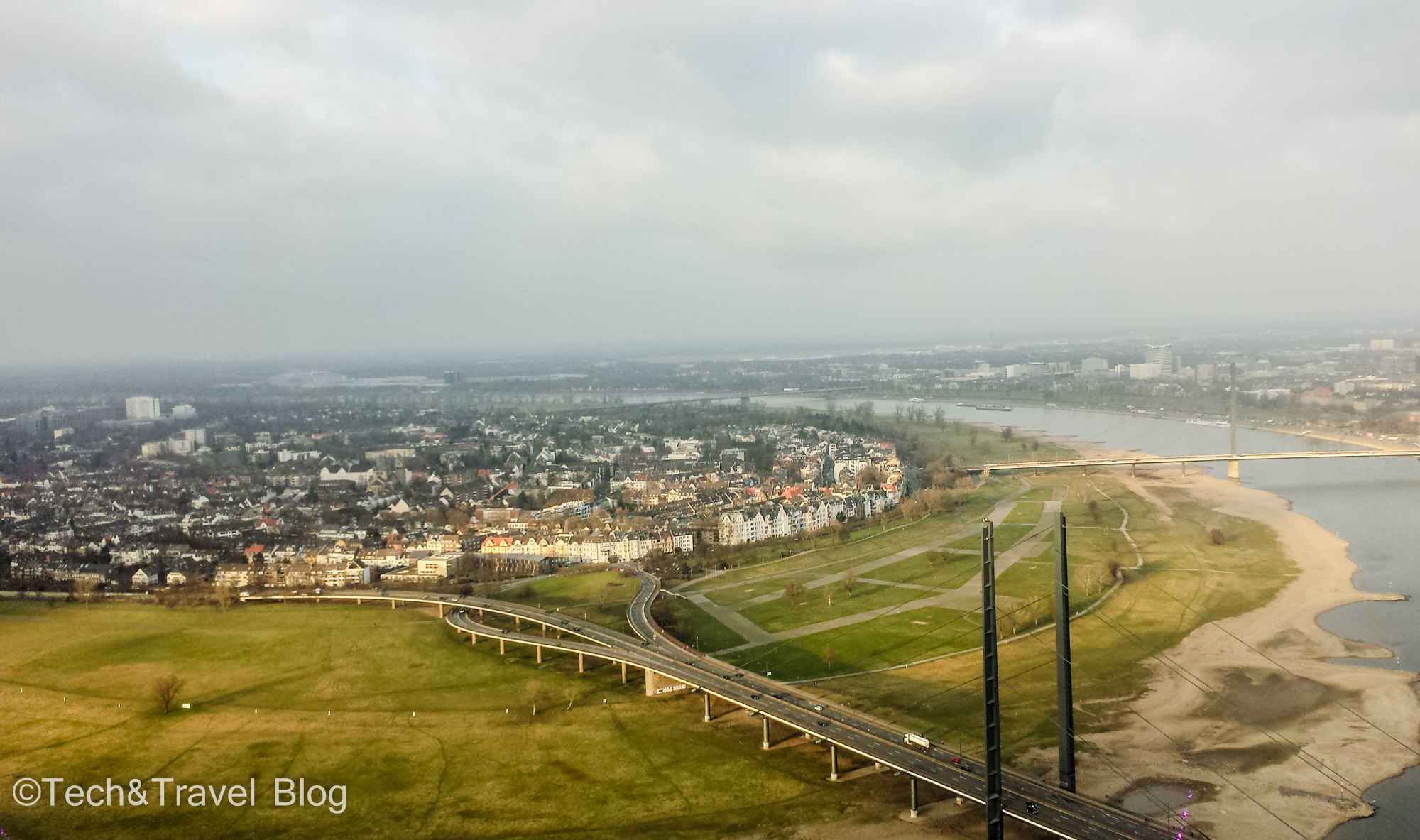
If you liked our Düsseldorf tour, you might also like our Cologne tour.
(Düsseldorf – december 2016)
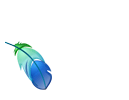
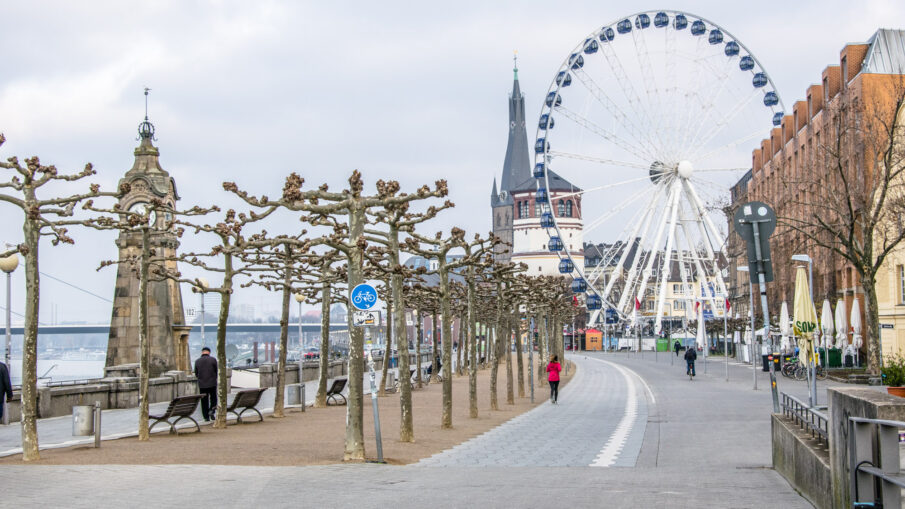
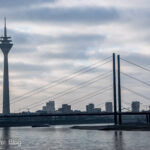
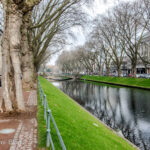
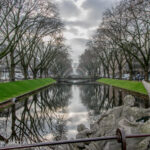
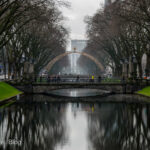
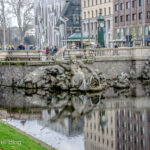
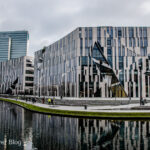
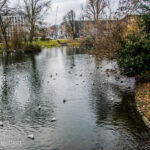
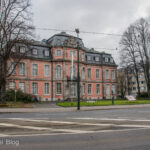
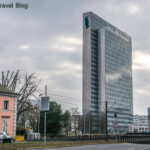
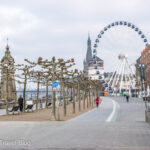
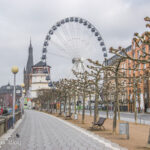
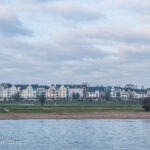
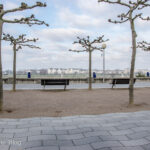
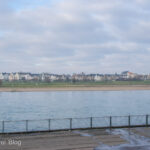
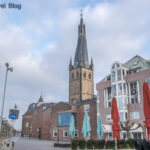
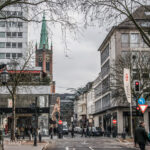
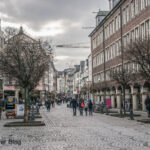
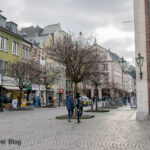
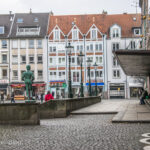
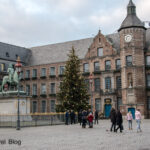
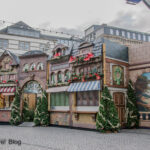
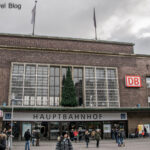
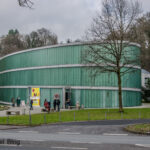
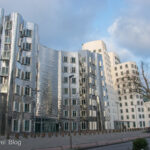
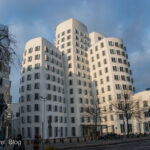
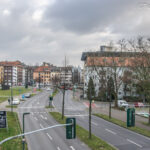
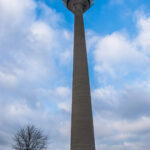
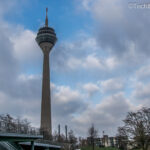
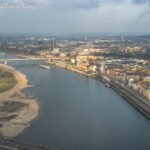
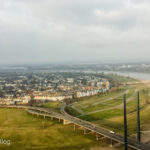
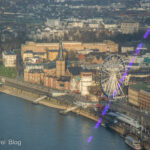
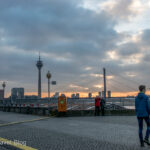
Leave a Reply